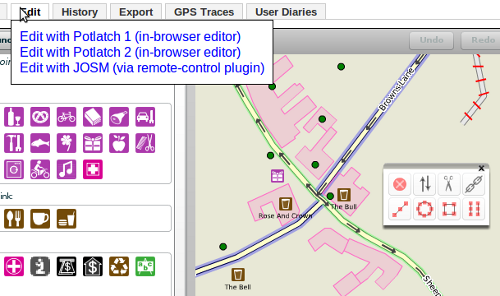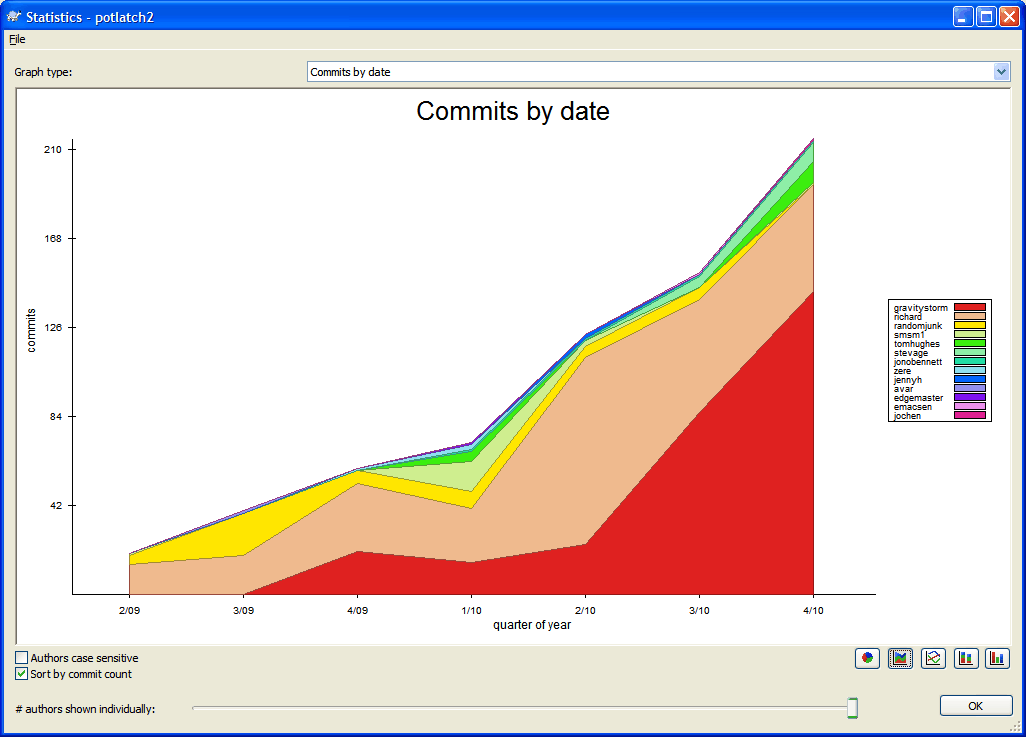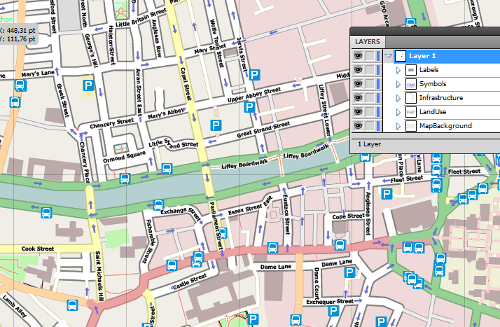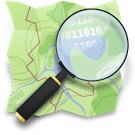By SCOTT MORRISON
OpenStreetMap, a sort of Wikipedia of online maps assembled with contributions from thousands of globe-trotting volunteers, has gotten the attention of two big Internet players: Microsoft Corp. and AOL Inc.
The companies recently invested money and contributed aerial imagery to help OpenStreetMap forge new ground. They see the project as a potential alternative or complement to expensive digital maps built by commercial vendors like Nokia Corp.’s Navteq and TomTom International BV’s Tele Atlas, which license data to Microsoft, AOL, Yahoo Inc. and Google Inc. for all or parts of their online maps.
For Microsoft and AOL’s MapQuest unit, OpenStreetMap presents an opportunity to build new local services or develop new business models while skirting the costs and terms associated with licensed data from the commercial providers. The two companies are estimated to pay Navteq tens of millions of dollars a year for its map data.
“As location becomes an important element in online services, it’s really critical that companies have the flexibility to build the services that consumers want without the constraints of licensing agreements,” said MapQuest general manager Christian Dwyer.
Google last year began moving away from commercial vendors by rolling out a U.S. based map built with government data, satellite and aerial imagery, and data collected by its Street View vehicles. A company spokesperson says Google’s having control of its own maps enables it to do frequent updates and make them available whenever and wherever users need them—online, on mobile devices, or in the car.
“Google has tremendous business flexibility in how they use their map,” says digital mapping consultant Marc Prioleau. “The others have to work with a third-party vendor to make changes to the maps or try new business models.”
OpenStreetMap, meanwhile, is a free map of the world that is being built with government data and supplemented by an army of 300,000 volunteers who use GPS technology to trace and upload their routes to OpenStreetMap’s website.
These community mappers can also use programming tools on the website to fill in features like bicycle paths, traffic restrictions, restaurants and shops, historic sites and sporting venues.
Volunteers so far seem to have mixed reactions to the idea of their contributions being used for commercial purposes. Samat Jain, an IT consultant in New Mexico who contributes to OpenStreetMap, says many members of the open-source community are concerned that Microsoft and AOL might steer the project in the wrong direction as they seek to commercialize the maps, but he personally supports their involvement because they will help push his contributions out to a broader audience.
OpenStreetMap founder Steve Coast, a computer developer and physics dropout, founded his nonprofit project in 2004 after recognizing that unlike open-source software and community encyclopedias, there was no free mapping data available to computer programmers. “Mapping is one of the few things that gets you, as a hacker, out into the streets doing physical things,” says Mr. Coast, who recently joined Microsoft as a map architect.
Mr. Coast acknowledges that the OpenStreetMap project has a long way to go, but he argues that maps of some regions, like the U.K and Germany, are comparable, if not more detailed, to those provided by Navteq and Tele Atlas.
The project’s U.S. map, by contrast, still lags. OpenStreetMap used freely available government data to lay out a basic map grid for the entire country and is now relying on community mappers to fill in the details. So far, those mappers have focused on major urban areas like New York City, Houston and San Francisco.
Tiffany Treacy, a senior vice president at Navteq, wouldn’t comment directly on OpenStreetMap, but claims her company can provide the consistency and level of accuracy that consumers demand in their maps.
Patrick McDevitt, vice president of community mapping for Tom Tom, says that while community maps work for some applications, “those that require consistent high quality, accuracy and extensive coverage will need quality-assured and tested products.”
OpenStreetMap received a major boost this year when MapQuest began rolling out maps of several European countries, including the Netherlands and Switzerland, based on the project’s mapping data. AOL also invested $1 million to help developers build tools that make it easier for mappers to contribute to these maps.
MaqQuest’s Mr. Dwyer says the goal is to eventually switch to OpenStreetMap for the entire world, but he estimates it will take three to five years to make that vision a reality.
Microsoft followed MapQuest’s lead last month when it hired Mr. Coast and announced it would provide high resolution aerial imagery to OpenStreetMap, a step that will help volunteers fill in gaps in the map by tracing streets and other features from the images.
Blaise Aguera y Arcas, architect of Bing Maps at Microsoft, says he sees OpenStreetMap as a source of mapping data that is complementary to the sets provided by Navteq, which powers Bing Maps.
Mr. Agueras y Arcas also notes that commercial mapping providers are focused on the U.S. and European markets, while OSM volunteers have in some cases built highly detailed maps in South America and Asia.
“We have no plans to drop our relationship with Navteq,” he says. But “it would be silly not to provide easy ways for users to use OpenStreetMap in areas in which OpenStreetMap has a lot to offer.”
Write to Scott Morrison at scott.morrison@dowjones.com
Woo








